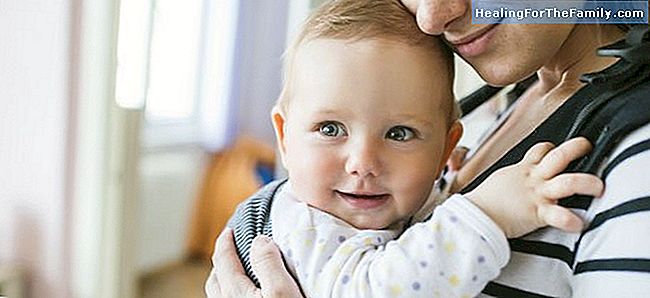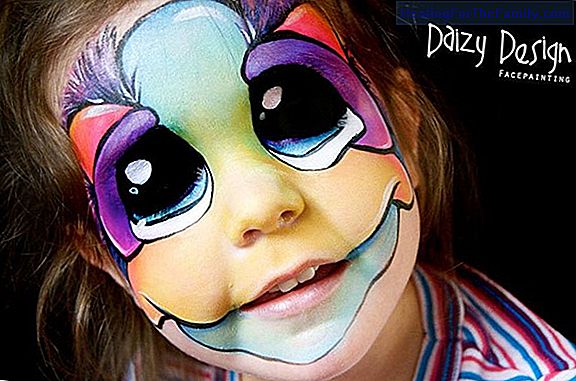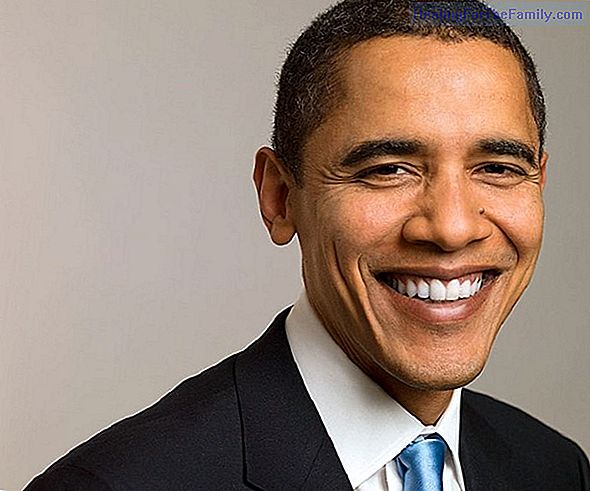Porterage, advantages and benefits of taking the baby in direct contact
Carrying the baby close is a wonderful experience that creates a feeling of protection and the beginning of a close relationship between children and parents. To be so close to the carrier (mother-father) transmits much tranquility to babies, who feel safe and protected. Carrying systems for babies,
Carrying the baby close is a wonderful experience that creates a feeling of protection and the beginning of a close relationship between children and parents. To be so close to the carrier (mother-father) transmits much tranquility to babies, who feel safe and protected.
Carrying systems for babies, such as scarves or baby backpacks, favor a good position for the baby. This position is known as the posture of the frog, which is achieved when we have the baby's bottom at the level of our navel and its head under our chin, without touching it.
Benefits of portage for babies

- Cry less: babies who are ported are calmer and cry less.
- Sleep better: Babies with the kangaroo method have been shown to increase weight faster and sleep better.
- They have better psychomotor development: the constant balancing generates in the children better balance and better postural control, due to the fact that their body adapts to our movement ...
- The colic diminishes. Carrying the baby upright (belly against belly) greatly benefits your digestive system, which is still immature and facilitates the expulsion of gases.
- They are more sociable. The baby is integrated into daily life, participating in what the adult does; in the walks and talks.
Benefits for dads and mothers carriers
This method of taking very close babies to the body of dads is verypractical because it leaves us hands free to be able to do anything. The sling and backpacks carry baby very well in the back, so we will be comfortable and, at the same time, allows us to rest our arms.
1. Strengthens the links.The continuous contact favors a very special relationship between the baby and the mother, since the closeness of the newborn causes the secretion of a series of hormones, such as oxytocin and prolactin. In addition, it prevents postpartum depression, since direct contact increases the level of other hormones, such as endorphins.
2. It provides security.Porters who carry their babies attached to their bodies feel more confident and confident because they will be able to recognize the baby's signals more quickly and identify them (sleep, hunger, fatigue ...).
3. It benefits breastfeeding.Carrying the baby nearby causes the mother to secrete oxytocin, which favors the rise of milk and a good establishment of breastfeeding.
4. Tones the muscles of the back.The total weight of the child is supported by the baby carrier, and is distributed throughout our back. In this way, our body progressively adapts to the weight of the baby, which helps to strengthen our muscles and to have better postural control. With all this, we prevent possible back pain caused by holding children in their arms, since we use only one arm and force incorrect postures for our back.
Carrying the baby is good for its physiological development
- It stimulates all the child's senses
- It reinforces the relationship between parents and children
- It supposes less burden for the parents
- It increases the freedom of movement for the family
- It supports the baby with all the security and confidence you need
Correct position for the baby
1. Bra: the baby is carried like a bandage against the body of the wearer.
2. Back: the child's spine is straight and the child is erect. To maintain this correct posture, the baby will always look at the wearer, because if he looks out we do not maintain a good posture of the back.
3. Legs: must be flexed open at 90º. Favoring the frog position to surround the carrier. The knees should be higher than the baby's bottom.
4. Head: if it is very baby and still does not hold it, we will have to raise the legs more and we will use baby carriers that cover the head.
Support levels
Newborns (0-3 months): should be held up to the head, soft against the wearer's chest.
Older babies (3-8 months): will be held up to the neck
Children (8 months and older): they will be held up to the shoulder.
We must bear in mind that we have to be comfortable both the baby and the carrier. There is no perfect baby carrier, you have to choose the one that keeps the baby in good posture (frog) and that we find comfortable.












